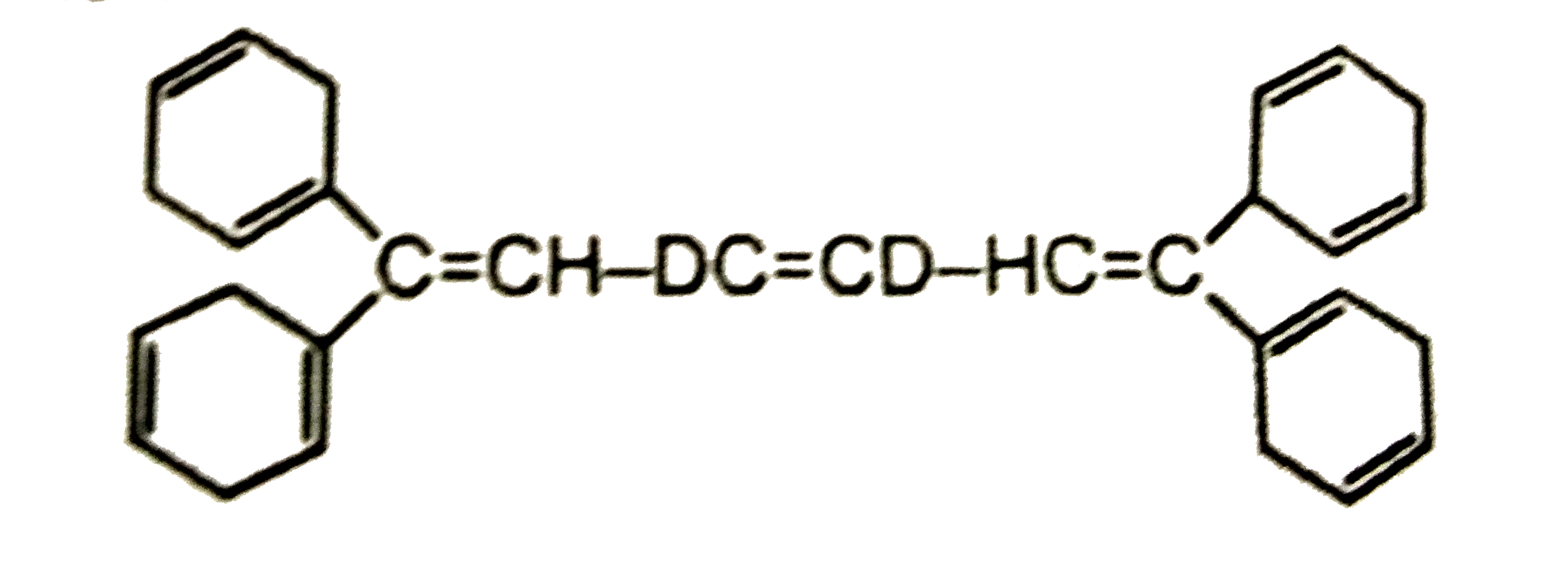Give the total number of geometrical and optical isomers give by
[Co(NH3)4CI2]⊕
To determine the total number of geometrical and optical isomers for the complex (Co(NH3)4Cl2)+, we can follow these steps:
Step 1: Identify the type of complex
The given complex is of the type MA4B2, where:
- M is the central metal ion (Co in this case),
- A represents the four ammonia ligands (NH3),
- B represents the two chloride ligands (Cl).
The given complex is of the type MA4B2, where:
- M is the central metal ion (Co in this case),
- A represents the four ammonia ligands (NH3),
- B represents the two chloride ligands (Cl).
Topper's Solved these Questions
- COORDINATION COMPOUNDSBOOK - CENGAGE CHEMISTRY ENGLISHCHAPTER - COORDINATION COMPOUNDSEXERCISE - Ex 7.1 Subjective (Terminology)
5 Videos
- COORDINATION COMPOUNDSBOOK - CENGAGE CHEMISTRY ENGLISHCHAPTER - COORDINATION COMPOUNDSEXERCISE - Ex 7.1 Subjective (Effective Atomic Number (Ean))
3 Videos
- COORDINATION COMPOUNDSBOOK - CENGAGE CHEMISTRY ENGLISHCHAPTER - COORDINATION COMPOUNDSEXERCISE - Archives Subjective
18 Videos
- CHEMICAL KINETICSBOOK - CENGAGE CHEMISTRY ENGLISHCHAPTER - CHEMICAL KINETICSEXERCISE - Archives Subjective
23 Videos
- D AND F BLOCK ELEMENTSBOOK - CENGAGE CHEMISTRY ENGLISHCHAPTER - D AND F BLOCK ELEMENTSEXERCISE - Archives Subjective
29 Videos
Similar Questions
The number of geometrical and optical isomers of
[Cr(NH3)3(NO3)3] is .
View SolutionGive the number of geometrical isomers in [Pt(gly)2] .
View SolutionGive the total number of isomer of [Be(gly)2]
View SolutionTotal number of geometrical isomers in the given compound are

View SolutionTotal number of geometrical isomers in the given compound are :

View SolutionGive the number of total possible ionisation isomers in [Pt(NH3)4CI2]Br2 .
View SolutionThe number of geometrical isomers of [Co(NH3)3(NO2)3] are
View SolutionThe number of geometrical isomers of the complex [Co(NO2)3(NH3)3] is
View SolutionThe number of geometrical isomers for [Pt(NH3)2CI2] is
View SolutionTotal number of geometrical isomers for the complex [RhBr(H2O)(PPh3)(NH3)] is :
View Solution
